
 The Farallon Islands are a group of islands 43K (27 miles) to the west of the Golden Gate Bridge in San Francisco. Seals attract a good number of Great White Sharksto the Farallon Islands.
The Farallon Islands are a group of islands 43K (27 miles) to the west of the Golden Gate Bridge in San Francisco. Seals attract a good number of Great White Sharksto the Farallon Islands.The Farallon Islands were once described by English Channel swimmer Leonore Melnick as 'the coldest, windiest, bleakest, nastiest spot in the American Pacific.'
From this isolated rocky point in the Pacific Ocean on a balmy, starry night under calm conditions in August 1967, 41-year-old Lieutenant Colonel Stewart Evans jumped off his lead escort boat in 13.3°C (56°F) water at 10:17 pm and starting swimming to the California shoreline 32K (20 miles) away.
The September 8, 1967 issue of Time Magazine noted Stewart’s swim in a colorful description, "...he smeared himself with great gobs of a 'secret' cold-protective grease and stroked off – straight into a school of jellyfish. For two hours, his left arm was nearly useless with excruciating pain, but he somehow kept going until the pain subsided, after a total of 13 hours, 44 minutes and 52 seconds..."
According to a first-person account by Dr. Fred Howard, the physician aboard Stewart’s escort boat who occasionally jumped in the water as a pace swimmer, the 'secret' protective coating as actual marine bearing grease mixed with graphite and shark repellent that was applied over a light coating of wintergreen oil (see photo above).
Stewart and his crew had meticulously planned the unprecedented swim. The Water Queen was the lead escort boat, setting the course, while the Crissy Flier and the Edgewater cruised along nearby with additional pilots, pacers, support crew and a U.S. Coast Guard observer. Stewart swam between two rowboats, each with two men.
Besides the cold water, Stewart swam through numerous giant jellyfish while a sea lion and a porpoise came alongside him. As Stewart was nearing land, a 16-foot shark briefly swam nearby the Crissy Flier, but it harmlessly swam off.
Throughout the swim, Stewart was fed 7-Up and lemon Jell-O. According to Dr. Howard, Stewart’s progress was consistent throughout the swim despite Stewart’s pain in his left shoulder, for which he was given aspirin, and a change in tides as he approached the California mainland.
Because of a change in tides as he approached the California mainland, the original plan to land on Stintson Beach was shelved and Stewart ended up finishing at Point Bolinas. After struggling to find a gap in the rocky shoreline and fighting large swells, Stewart jogged up the beach to stake a claim in the annals of open water swimming history with a final time of 13 hours and 46 minutes.
Stewart's photo was provided by Bruckner Chase and Michelle Evans-Chase of the Ocean City Swim Club.
Footnote: According to Ted Erikson’s website that sourced information about the Farallon Island attempt from an August 20th, 1967 issue of the Chicago Tribune Magazine, there were several Farallon attempts prior to his Stewart’s success, including:
1. Leonore Modell, a 17-year-old who swam the English Channel at the age 14 and 66 miles in California's Lake Natoma, swam for 16.5 hours, only to retire 5 miles short of the California coast.
2. Ike Papke, a 41-year-old Catalina Channel swimmer, made it to l.12 miles from the California coast.
3. Touric Bleik, a 38-year-old Lebanese who once swam the English Channel twice in the same week, was pulled after 6 hours.
4. Paul Herron, an English Channel swimmer, lasted 6 hours.
5. Jose Cortinas, a Strait of Gibraltar swimmer, swam 6 miles before leg cramps forced him to quit.
6. Myra Thompson, a Juan de Fuca Strait swimmer, was pulled after 18 hours, covering only 0.5 mile over the last 4 hours.
7. Ted Erikson, who eventually successfully swam from Farallon Island to the Golden Gate Bridge in 14 hours and 38 minutes in September 1967, had two previous attempts where where sharks, cold water, engine failures, adverse tides, confusion, and hypothermia contributed to failure.
Copyright © 2008 by Open Water Swimming



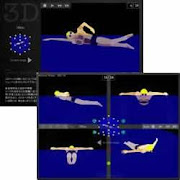




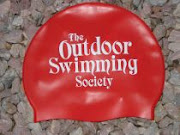

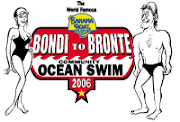


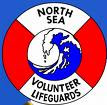
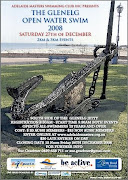





No comments:
Post a Comment